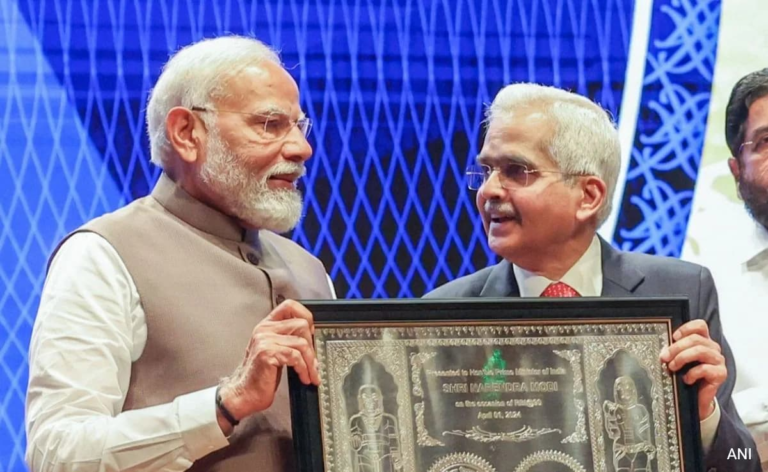

Media scholar Professor Amanda Lotz and Dr. Marion McCutcheon, both from QUT’s Digital Media Research Center and School of Communication, surveyed more than 2,000 adults for their Australian Screen Stories Viewing Report, a four-part examination of Australians’ attitudes and behaviors toward scripted series and movie viewing.
Part three of the report—”Australian Screen Story Viewing Report: Part 3: Viewing Practices”—has just been published by QUT ePrints and explores emerging viewing behaviors as well as who we watch with.
“We are no longer bound to viewing schedules which means ‘primetime’ is anytime we choose, although a small percentage (13%) of Australians report not using either social media or paid streaming services,” Professor Lotz said.
“Even with all the new ways in which we do view entertainment, there is also very little good data about common practices, such as how much viewing is intentional versus played in the background. Our latest report fills that gap, especially about the importance of screen stories as a way to share time with others and how we choose what to watch, which is not always determined by the content.
“We found viewers pay closer attention to movies than TV series, with half of scripted series viewing receiving our full attention compared to 63% of movie viewing. Yet scripted series or movies remain very popular across all age groups, accounting for more than half of the viewing of our participants.
“One-quarter of those we surveyed never use another device while viewing while 28% do not watch videos on social media (YouTube, TikTok, Twitch, Facebook, etc.) and 13% don’t watch reality TV, sports or news.
“The figures vary with age though. People aged 45 and under watch nearly half the amount of reality TV, sports, and news as people aged over 45, and nearly three times as much social media video.
“Older viewers are also more likely to pay close attention than younger viewers, who are much more likely to play shows in the background.”
Dr. McCutcheon said the “second screen”—a phone, tablet, or laptop in hand while in a room with a “living room screen”—was potentially responsible for much of the distraction that might be part of contemporary viewing.
“In the late 00s, many in the industry believed people would use their mobile screens in ways tied to living room screen viewing, what they called the ‘second screen,'” Dr. McCutcheon said.
“These assumptions persist today, so we asked how often respondents use a phone or other device related to what they are watching. It turned out that that ‘second screen’ use is not a major feature of Australian viewing, with a quarter of them stating they never use another device while viewing a movie or series. This is especially the case for older viewers.”
Among those surveyed who do not live alone, more than half of time spent viewing movies is shared with others but “together time” doesn’t mean all watching the same screen.
“We found 13% watch different devices in the same room ‘most of the time’ or ‘often,’ and 29% do so ‘sometimes,'” Professor Lotz said.
“Movie viewing is the most social, with 43% reporting they ‘always’ or ‘mainly’ view with others and for many, at least part of viewing isn’t about a personal favorite but finding a title to share.”
“Much of the pre-digital research about in-home viewing focused on family negotiation of the living room set. Now that many homes have more screens than people, it’s a whole new ball game.”
More information:
Australian Screen Story Viewing Report: Part 3: Viewing Practices: eprints.qut.edu.au/241538/
Provided by
Queensland University of Technology
Citation:
Movies hold attention more than TV series, research finds (2023, July 21)
retrieved 21 July 2023
from https://phys.org/news/2023-07-movies-attention-tv-series.html
This document is subject to copyright. Apart from any fair dealing for the purpose of private study or research, no
part may be reproduced without the written permission. The content is provided for information purposes only.






